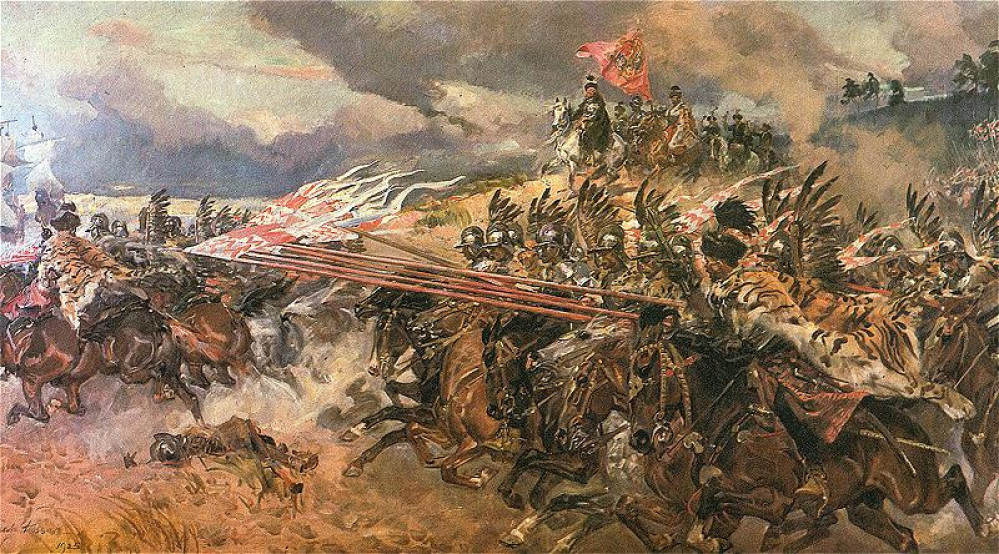
Husaria - Building a Polish army for the 1620s
“Bring on the Empty Horses!”
This project entry looks at providing riderless horses for the dismounted dragoons that I covered in my previous post.
[Note. The title of this blog post is taken from David Niven’s autobiography. During the filming of the 1936 version of The Charge of the Light Brigade, starring Errol Flynn and David Niven, the director shouted this memorable phrase when he wanted the riderless horses brought in to the scene of the charge itself. Ever since learning about this, our club has always referred to the riderless horses, used to represent dismounted dragoons and cavalry, in this way. ]
My previous project entry covered James Butler’s dragoons, a unit in my Polish Lithuanian Commonwealth army for the 1620s. These were foot figures and I needed something to help represent them as dragoons. While dragoons typically fought on foot, I think it looks better to have something on the table top to show that they have mounts as well.
The most fool proof approach would be to have a mounted version of the unit, a dismounted version, and set of riderless horses. I have done this for previous units of dragoons but I have found that swapping the mounted unit off and back on to the table, as the dragoons dismount and remount, is a complete faff. Typically, after doing this for the first time in a game, the mounted unit gets left off the table and some other convention is used to indicate if the unit is mounted or dismounted. Adding to this, I struggle to think of a game in which my dragoons have remounted during the action.
On this basis, for Butler’s dragoons, I have decided to just provide riderless horses to indicate the unit of dragoons. These riderless horses are from Avanpost (https://www.mezzersminis.co.uk/product-page/21-081-dismounted-dragoon-horse-holder). They are sold in packs of two horses with a dismounted horse holder.
I have chosen not to use the Avanpost horse holder minis, but instead used figures from the Bloody Miniatures range; the same used for the rest of the dismounted dragoon unit. For my riderless horses I have decided to use 8 horses and 2 horse holders. This is enough to give the impression of a set of riderless horses, held ready for the dragoons to remount at a moment’s notice.
I gave myself two additional challenges. First, I wanted to be able to swap out the horse holder minis, and so be able to use the riderless horses in other situations. Secondly, I wanted to model how the horses were tethered.
I used two 8cm square bases (2mm MDF from Warbases) for the horses, with 4 on each. On each base I added part of a top piece from a Warbases basing tray, the same dimensions as my dismounted dragoon figures’ bases (UK 2 pence piece / 2p). Using one of the Warbases’ 2p sized MDF bases with magnet holes I marked where a matching magnet hold would need to be in the 8cm square base and drilled a 5mm hole there. I then added a magnet (checking that the polarity would match the figures’ bases, of course!) to the square base. This provides a single figure base tray / sabot for a suitable horse holder figure that is also magnetised to stop the figure accidentally falling off the base.
I realise that this is an entirely unnecessary step as I could have just permanently stuck a generic horse holder figure to each base, but is was relatively straightforward to do, and it satisfied my desire to get the most use out of painted figures.
For the tethers I had two solutions. When 17th century dragoons dismounted the horses’ reins would be passed to the men designated to stay with the horses, and so the horses in all likelihood would be tethered using their reins. The Avanpost figures are modelled with their reins loose, in front of them, but these were too short for my purposes and, being very thin resin, incredibly delicate. I therefore removed them and replaced them in two ways.
The first was to use a white metal piece that comes with the Warlord Dragoon set. This has four sets of reins, all tied to a tree stump. I only had one of these in my spare parts box, and so for the other four horses I made the stump from a garden twig, and the reins from thin pieces of plastic packaging. Once the stumps, with reins attached, were glued to the bases the other ends of the reins were glued to each horse’s bridle.
Historical note. Looking at Wagner’s European Weapons & Warfare 1618-1648, it’s possible that the loose horses’ reins were looped through the next horses reins in a daisy chain effect with the last set being held by the dismounted horse holder. Wagner notes that this made separating the horses a laborious process as each horse could only be separated one at a time. I decided this would be tricky to model and so I have used an approach with each horse’s reins tied to a handily placed tree stump.
The final bases are now ready to follow Bulter’s dragoons on the battlefield. I shall use them facing forward to represent the dragoons mounted, and facing to the rear to represent the dragoons dismounted. I am sure the bases will also come in handy for other occasions when the cry of “Bring on the empty horses!” is heard across the miniature battlefield.





























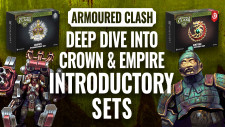

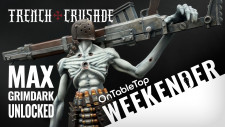
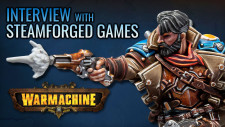

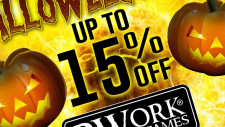
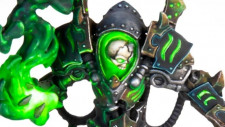
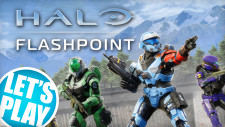




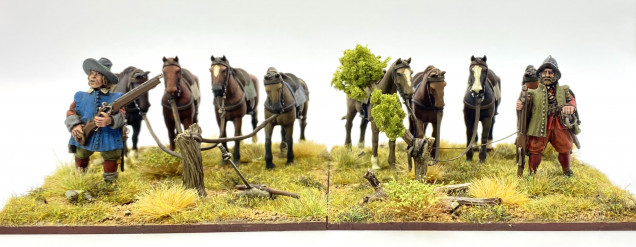
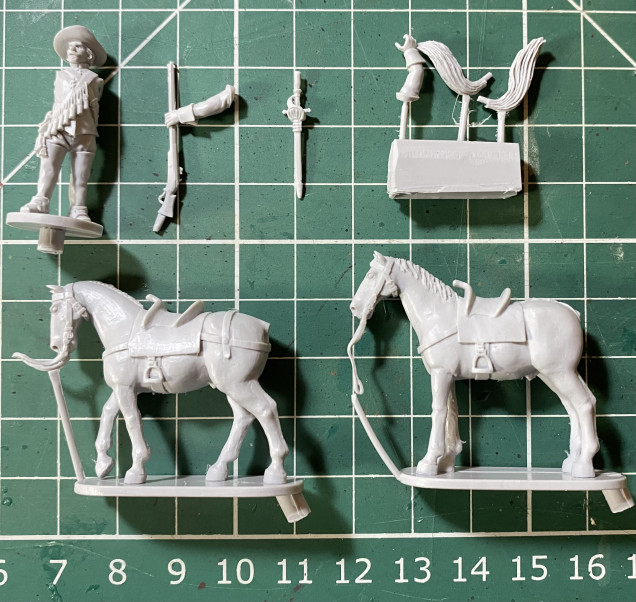
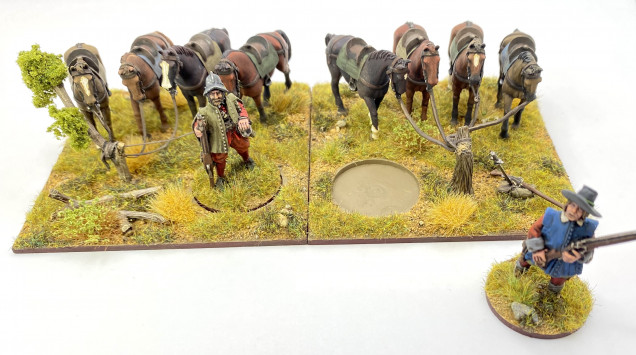
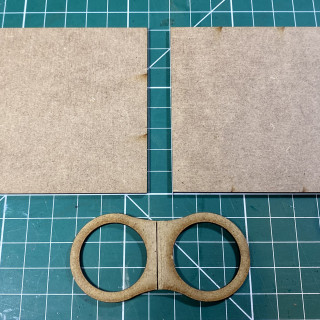

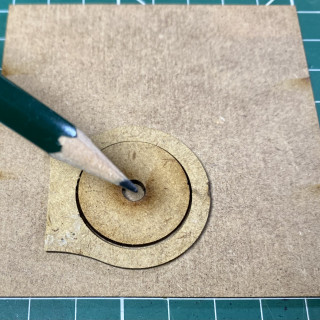
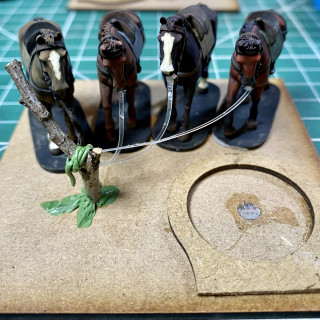
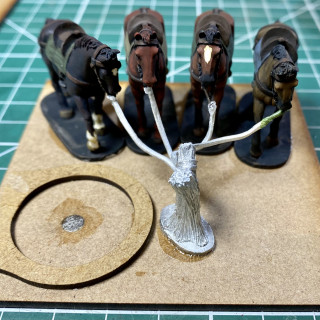
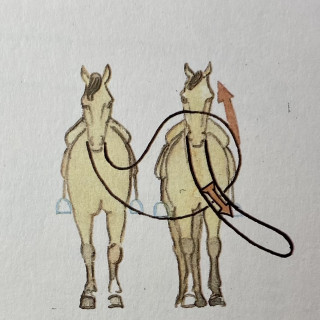
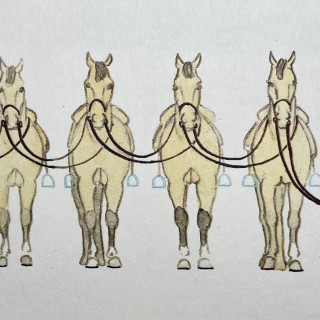
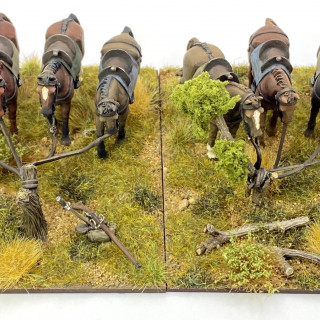
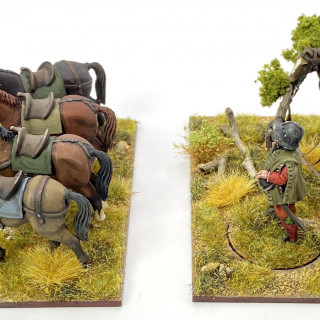
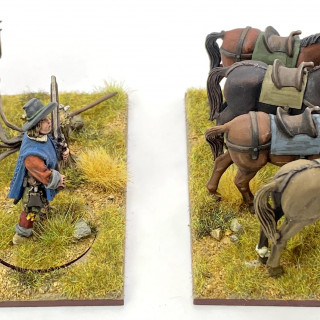


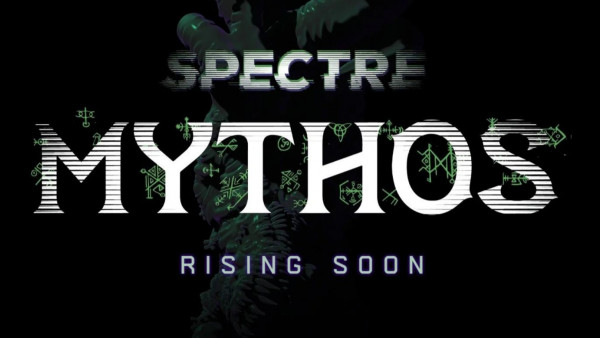
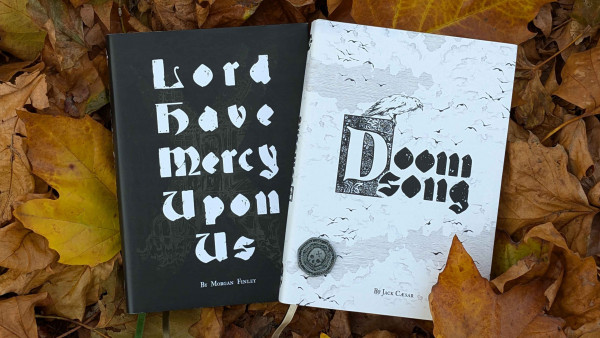
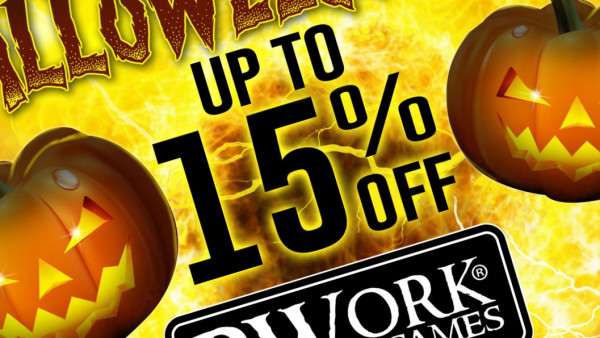



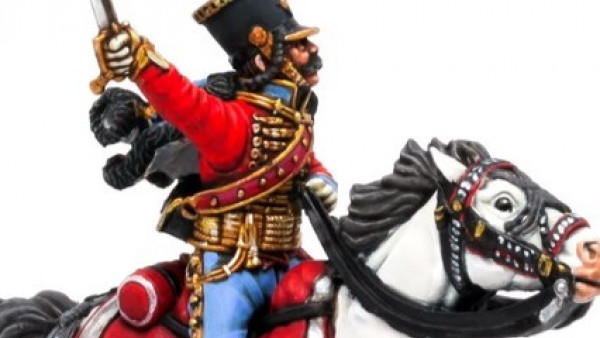
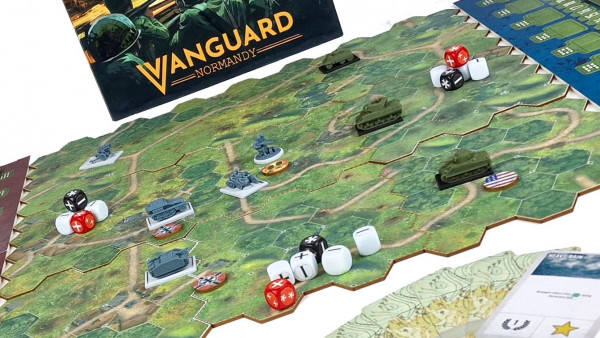
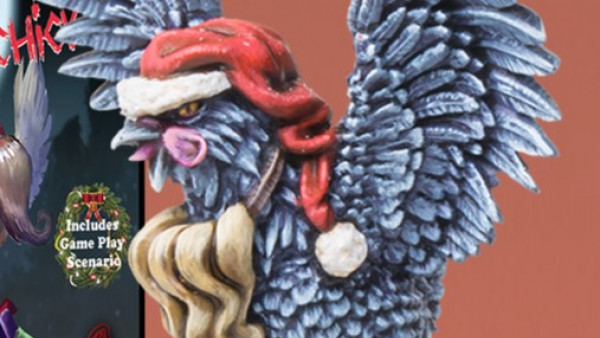
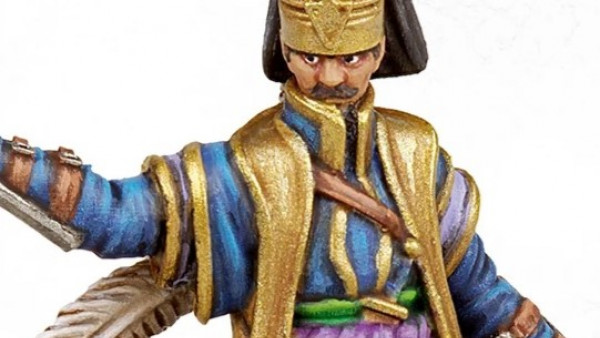

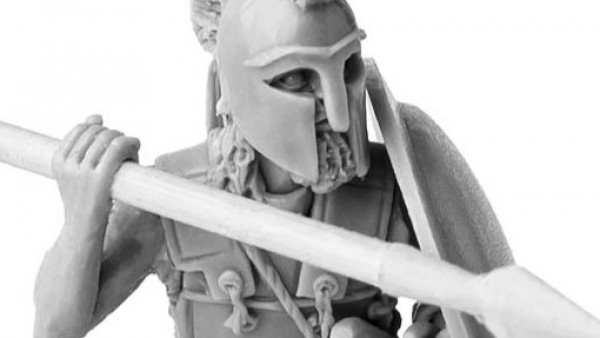
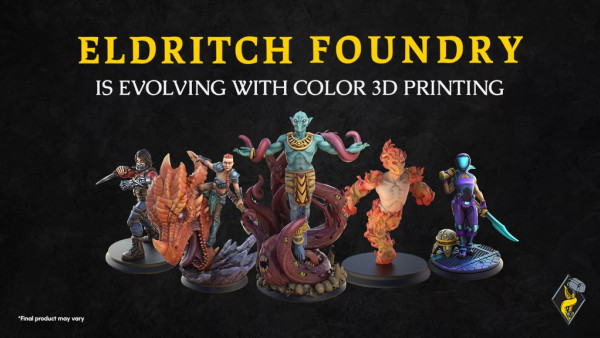

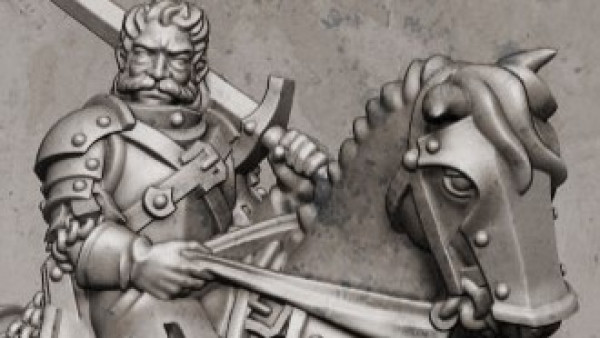

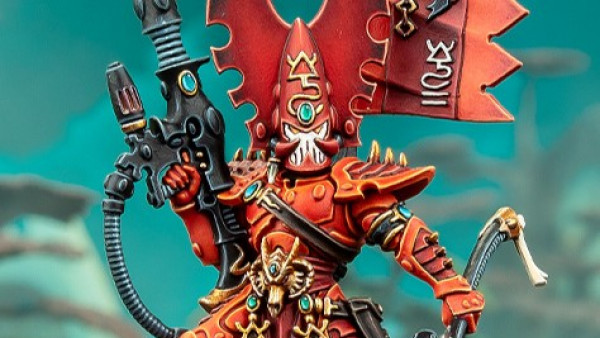
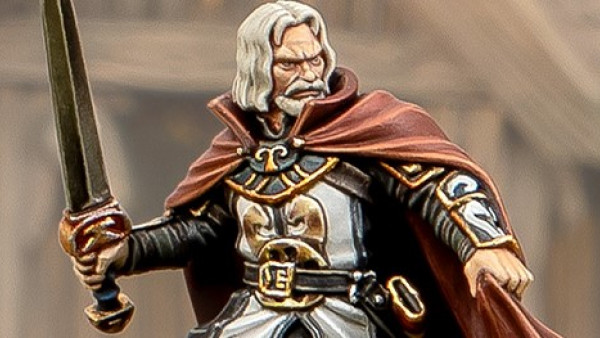
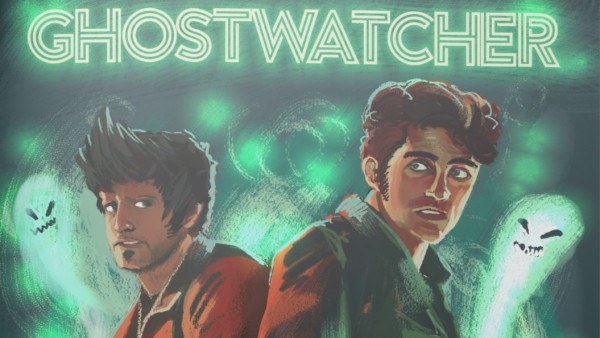

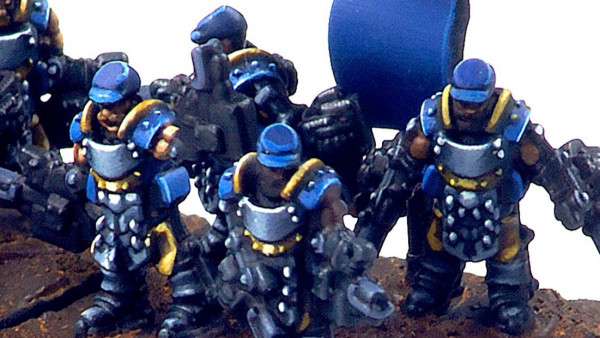


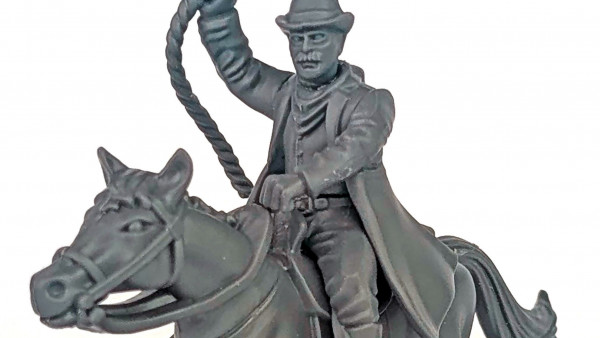
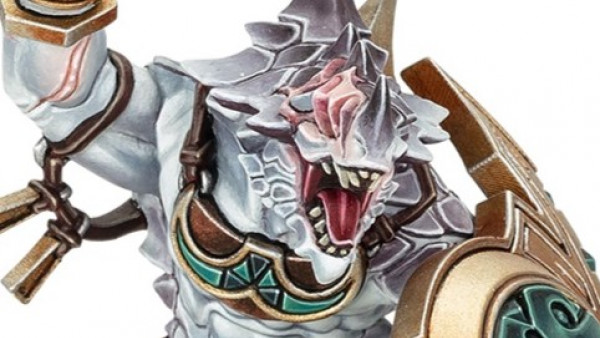
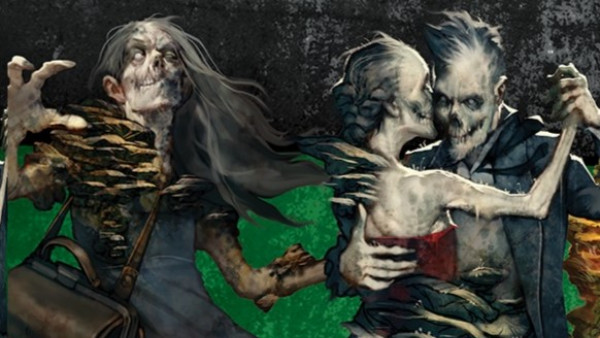
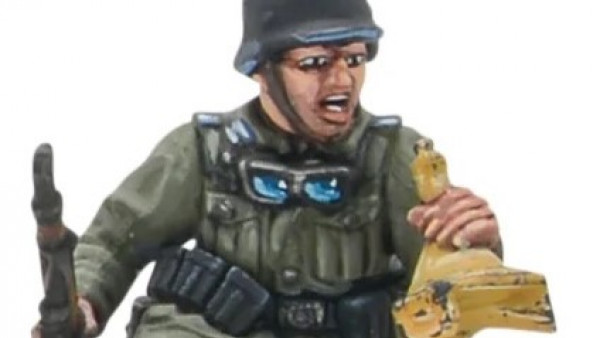
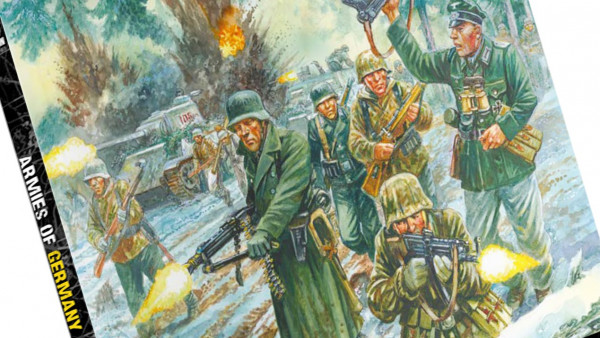
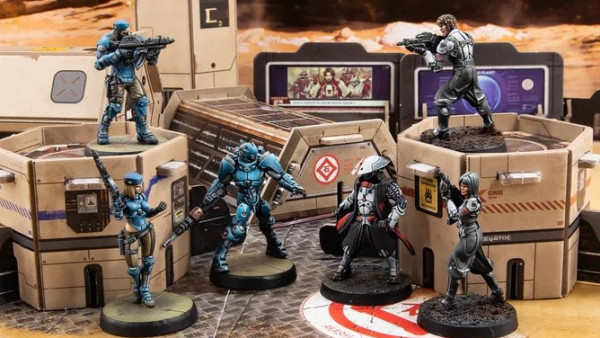
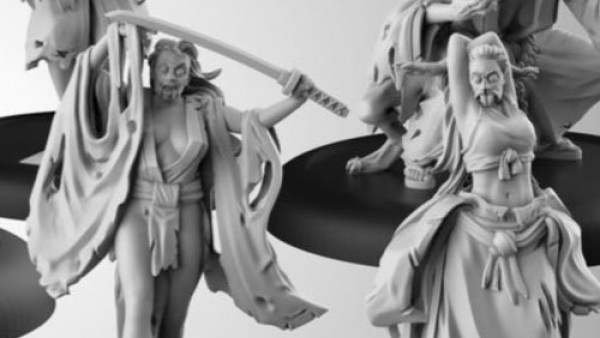
Leave a Reply